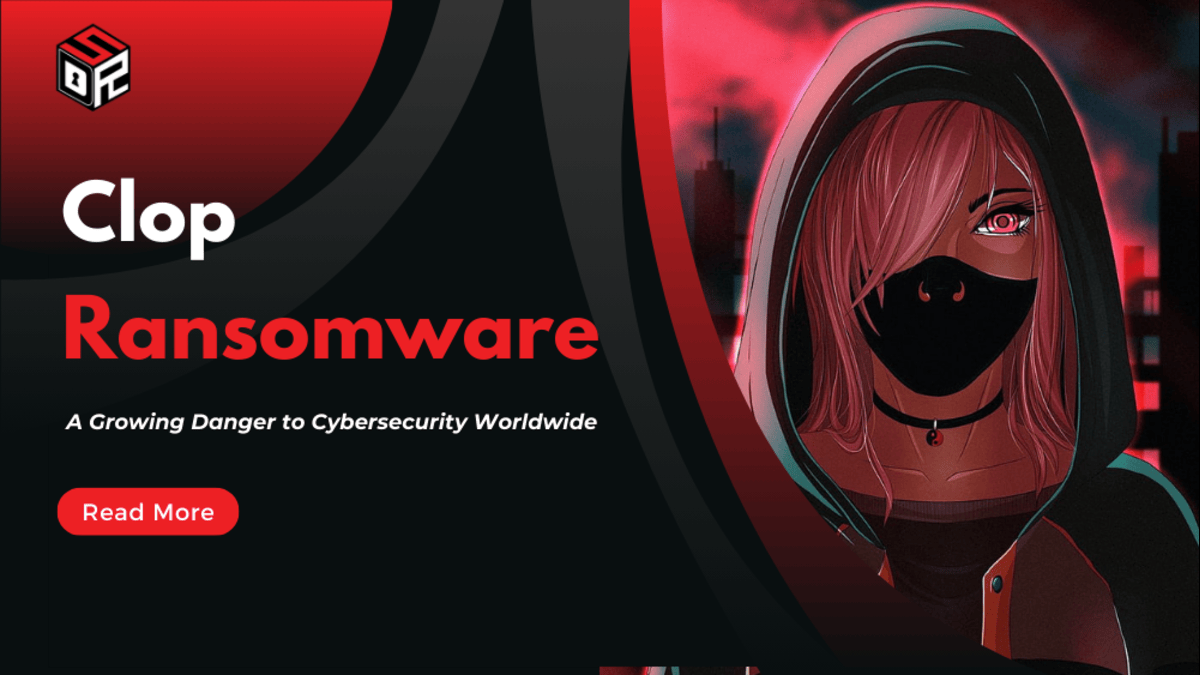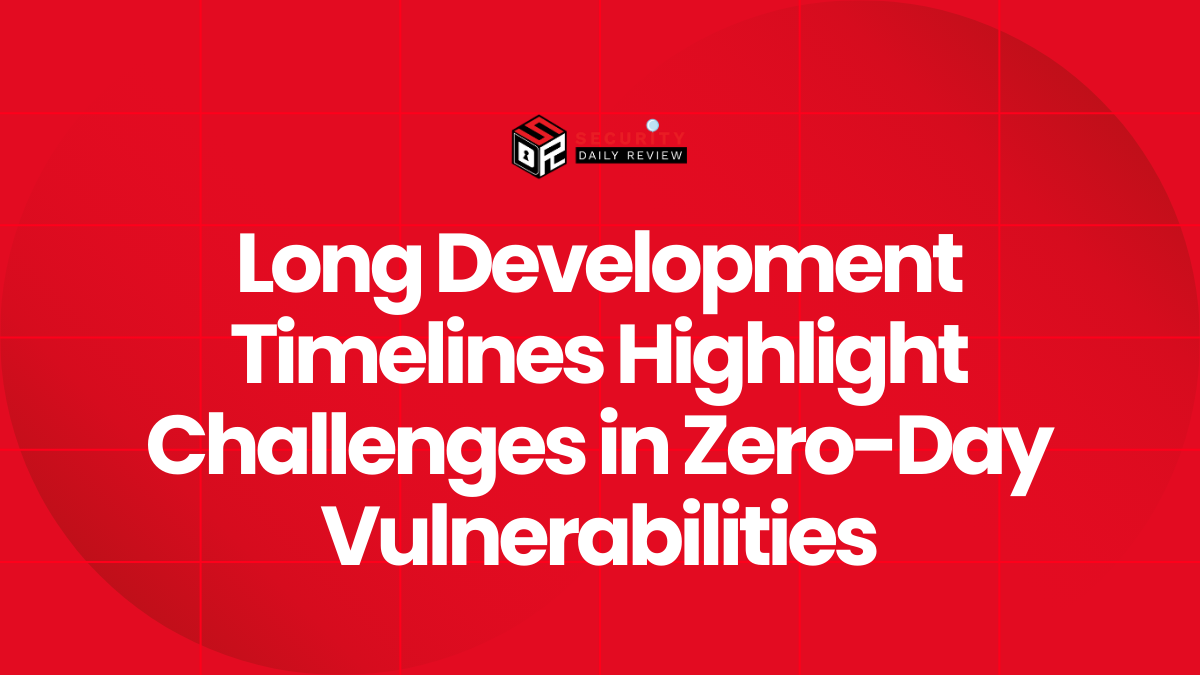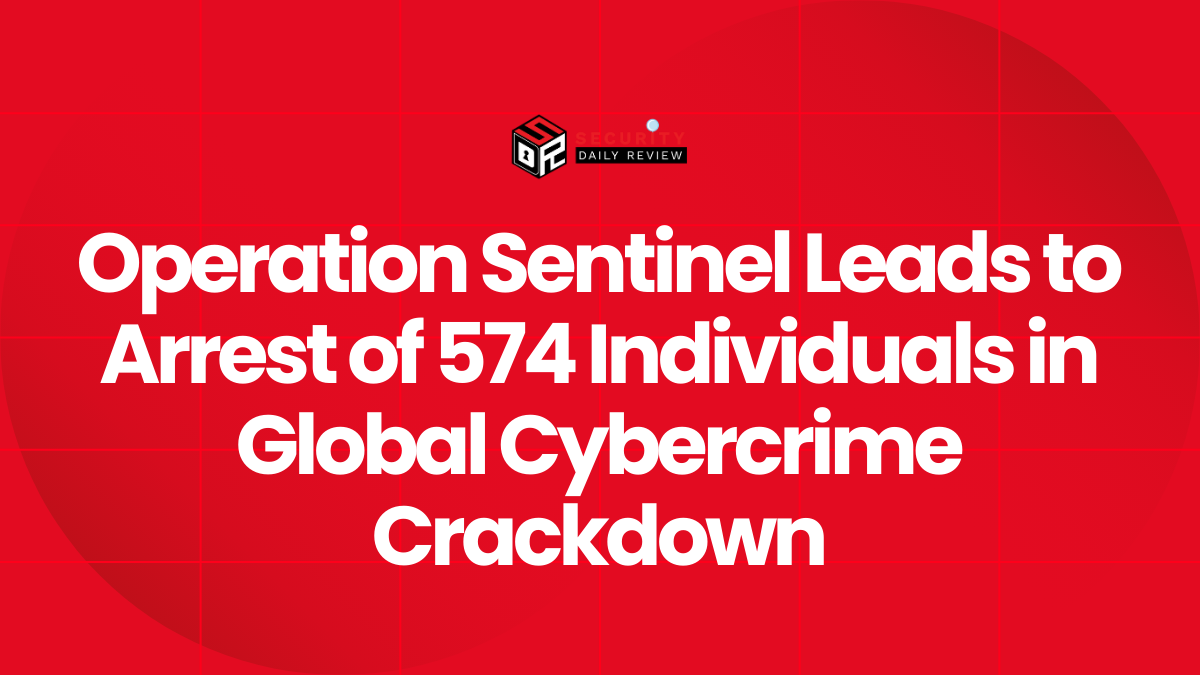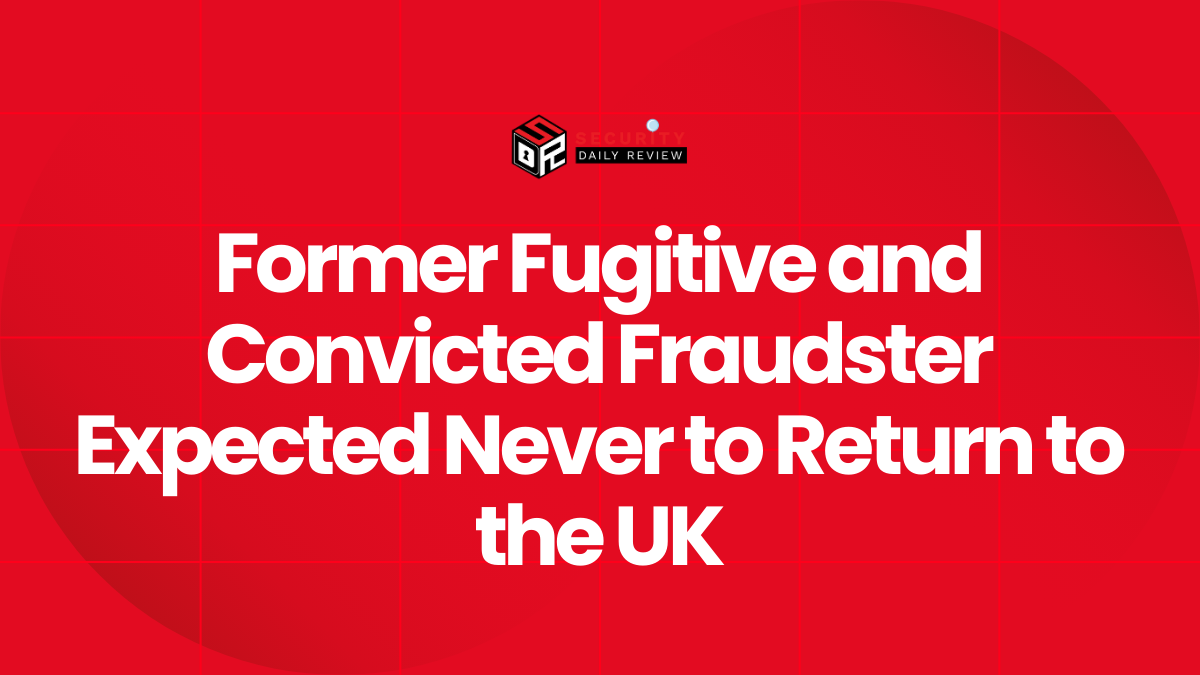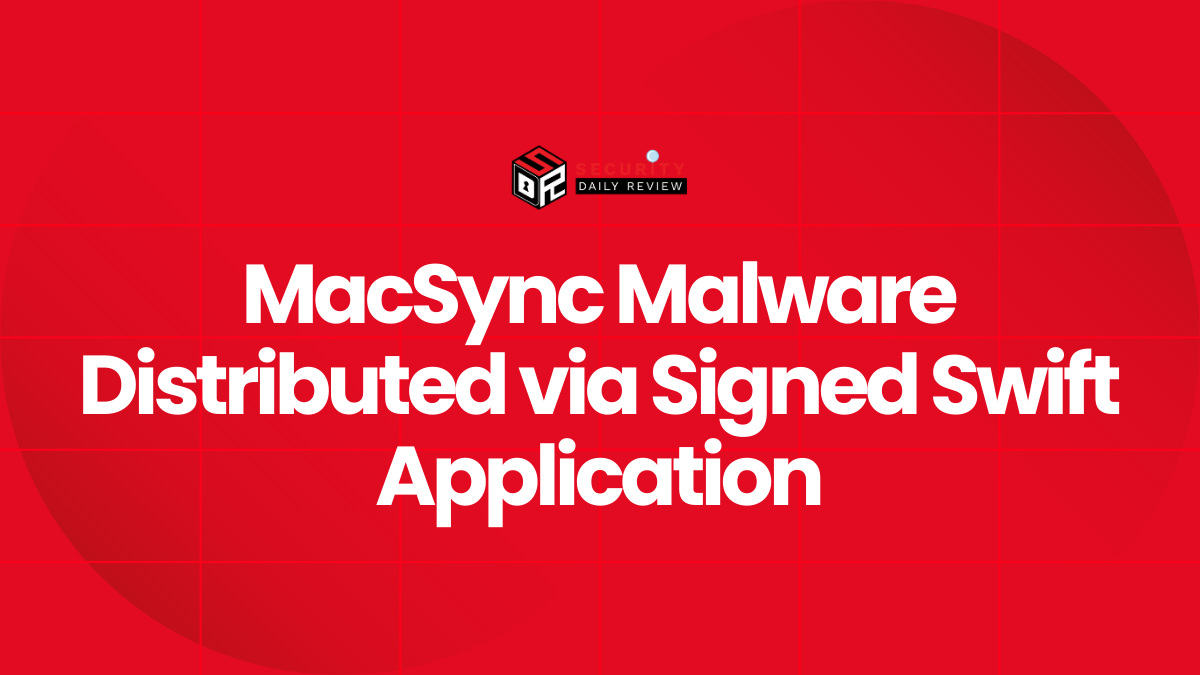Executive Summary
Ransomware has evolved into one of the most disruptive forms of cybercrime in recent years, and among the most notorious strains is Clop ransomware. Operated by the Clop ransomware group, this malware has impacted organizations across industries and geographies, inflicting financial, operational, and reputational damage on a global scale.
What sets Clop apart from many other ransomware families is its use of double extortion tactics—encrypting data while also stealing it. Victims face not only the inability to access critical files but also the looming threat of sensitive information being exposed or sold on the dark web.
This blog examines what Clop ransomware is, how it spreads, the techniques it employs, and the implications for enterprises. It also outlines practical strategies for prevention, detection, and response. With ransomware protection now a business-critical priority, understanding Clop’s threat model is essential for security leaders, IT administrators, and executives seeking to safeguard their organizations.
What is Clop Ransomware
Clop ransomware is part of the CryptoMix family of ransomware variants but has evolved into a unique threat maintained by a dedicated group of cybercriminals. The name “Clop” is derived from the Russian word for “bug” or “beetle,” and its operators have demonstrated a persistent focus on high-value targets.
The ransomware works by encrypting files across compromised networks, leaving ransom notes demanding payment in cryptocurrency. What differentiates Clop from many other families is its heavy reliance on data exfiltration before encryption. Victims are often named on “Clop leak sites,” where sensitive information is threatened to be released unless demands are met.
Clop attacks are rarely random. The group carefully selects targets, focusing on industries where disruption could yield higher payouts, such as finance, healthcare, legal services, and logistics.
The Global Impact of Clop Ransomware
Clop ransomware has had a significant worldwide impact because of its ability to exploit supply chain vulnerabilities and launch campaigns with broad reach.
One of the most well-documented campaigns involved the exploitation of MOVEit Transfer software. This incident alone led to thousands of organizations being compromised, ranging from small businesses to large multinational corporations and government agencies. Similar campaigns have leveraged vulnerabilities in Accellion File Transfer Appliance (FTA).
The costs of a Clop ransomware incident extend well beyond ransom demands. Enterprises report losses in the form of:
- Business interruption and extended downtime
- Costs of remediation and forensic investigation
- Regulatory penalties for data breaches (e.g., GDPR, HIPAA)
- Loss of customer trust and brand reputation
- Increased cyber insurance premiums
Research from industry analysts estimates that the average enterprise ransomware incident now costs several million dollars when factoring in downtime and recovery expenses. For small businesses, a single attack can prove existential.
How Clop Ransomware Spreads
Clop employs multiple attack vectors, allowing it to penetrate diverse environments. Key methods include:
- Phishing Campaigns
Malicious emails containing infected attachments or links deliver initial malware payloads. Employees who inadvertently open these emails become entry points for broader infections. - Exploitation of Vulnerabilities
Unpatched software remains one of Clop’s most effective weapons. By targeting critical vulnerabilities in file transfer applications, attackers can compromise large numbers of organizations simultaneously. - Credential Compromise
Stolen credentials acquired through phishing, brute force attacks, or underground markets allow attackers to gain unauthorized access to remote services such as VPNs and RDP. - Use of Malware Loaders
Clop has been observed deploying alongside malware such as SDBBot, which provides remote control of infected systems and facilitates persistence prior to encryption.
This multi-faceted approach ensures that Clop remains highly adaptable and capable of bypassing traditional defenses.
Techniques and Tactics of the Clop Ransomware Group
The Clop ransomware group operates like a professional business unit, often adopting techniques aligned with broader ransomware-as-a-service (RaaS) models. Key tactics include:
- Double Extortion: Encrypting data while exfiltrating sensitive information to increase leverage.
- Targeted Campaigns: Carefully choosing industries and organizations likely to pay large ransoms.
- Leak Sites: Publicly shaming victims by listing them on websites that threaten to release stolen data.
- Supply Chain Exploitation: Attacking shared services to compromise multiple organizations through a single vulnerability.
By combining technical exploitation with psychological pressure, the Clop ransomware group has maintained its status as one of the most dangerous global threats.
MITRE ATT&CK Mapping of Clop Ransomware
Mapping Clop’s behaviors to the MITRE ATT&CK framework provides enterprises with a structured way to understand and defend against its TTPs (tactics, techniques, and procedures).
Initial Access (TA0001):
- T1566.001 – Phishing with malicious attachments.
- T1190 – Exploitation of public-facing applications (e.g., GoAnywhere MFT, Accellion FTA).
- T1078 – Valid accounts obtained through credential theft.
Execution (TA0002):
- T1059 – Command and scripting interpreter (PowerShell).
- T1204 – User execution via weaponized documents.
Persistence (TA0003):
- T1547 – Registry run keys for persistence.
- T1136 – Account creation for ongoing access.
Privilege Escalation (TA0004):
- T1068 – Exploiting privilege escalation vulnerabilities.
- T1078 – Abuse of compromised accounts.
Defense Evasion (TA0005):
- T1562 – Disabling or tampering with security tools.
- T1027 – Obfuscation of scripts and binaries.
Credential Access (TA0006):
- T1003 – LSASS memory dumping for credential harvesting.
- T1555 – Credential extraction from password managers.
Discovery (TA0007):
- T1082 – System information discovery.
- T1018 – Remote system discovery.
Lateral Movement (TA0008):
- T1021 – Remote services (RDP, SMB).
- T1077 – Windows Admin Shares.
Collection (TA0009):
- T1560 – Archive collected data before exfiltration.
Exfiltration (TA0010):
- T1041 – Exfiltration over command-and-control channels.
- T1567 – Exfiltration to attacker-controlled cloud services.
Impact (TA0040):
- T1486 – Data encryption for impact.
- T1490 – System recovery prevention by deleting shadow copies.
Technical Workflow of a Clop Attack
- Reconnaissance: Attackers identify potential victims through exposed infrastructure and unpatched systems.
- Initial Breach: Entry through phishing emails or exploitation of known zero-days (notably in GoAnywhere MFT and Accellion FTA appliances).
- Privilege Escalation: Exploiting system misconfigurations and credential theft to gain domain-level access.
- Lateral Movement: Manual deployment across servers using PsExec or RDP.
- Data Exfiltration: Sensitive files are archived and transferred to attacker-controlled servers.
- Encryption & Extortion: Ransom note is deployed across systems. Victims face both downtime and reputational damage if demands aren’t met.
Real-World Impact of Clop Ransomware
Clop ransomware has demonstrated a consistent pattern of targeting high-value organizations across multiple verticals, including healthcare, finance, education, manufacturing, and government. Unlike indiscriminate ransomware campaigns, Clop’s operators conduct highly selective attacks with the goal of maximizing operational disruption and ransom payouts. The real-world impact has been severe, often extending beyond the initial victim to affect downstream partners, customers, and even national security interests.
Accellion Data Breaches (2021)
One of Clop’s most significant campaigns was the exploitation of zero-day vulnerabilities in Accellion’s legacy File Transfer Appliance (FTA). This incident became a global supply chain compromise, with over 100 organizations worldwide affected, including law firms, universities, banks, and government agencies.
- Attack Method: Clop exploited a chain of vulnerabilities in the FTA software to gain access, steal sensitive files, and launch extortion campaigns.
- Victim Impact: Universities such as the University of Colorado and the University of California faced exposure of sensitive student and research data, while law firms like Jones Day saw confidential legal documents leaked online.
- Fallout: Beyond financial losses, victims endured reputational harm, regulatory investigations, and potential class-action lawsuits due to exposed personal and proprietary information.
This campaign highlighted Clop’s ability to weaponize legacy technologies that remain deeply embedded in enterprise environments, amplifying risk where patching is slow or infeasible.
GoAnywhere MFT Exploitation (2023)
In early 2023, Clop shifted its focus to Fortra’s GoAnywhere Managed File Transfer (MFT) platform, again exploiting zero-day vulnerabilities to execute mass data theft operations.
- Scale of Attack: Clop claimed responsibility for compromising over 130 organizations in a single campaign, with victim counts later estimated in the hundreds.
- Notable Victims: Companies such as Procter & Gamble, Hitachi Energy, and the City of Toronto confirmed breaches linked to this campaign. Sensitive files, intellectual property, and personally identifiable information (PII) were exfiltrated.
- Tactics: The attack relied on exploiting insecure file transfer configurations and unpatched zero-day flaws, bypassing traditional perimeter defenses.
- Operational Impact: Many victims reported significant business interruptions, regulatory reporting obligations under GDPR and U.S. state breach laws, and in some cases, ransom negotiations to prevent data publication.
The GoAnywhere incident underscored Clop’s mastery in supply chain ransomware, exploiting centralized enterprise file transfer solutions that act as data hubs for thousands of organizations.
Sector-Wide Disruption and Collateral Damage
Clop’s attacks are rarely confined to one organization; instead, they ripple outward, causing collateral damage across industries:
Education: Universities saw sensitive research data and student records exposed, impacting not only privacy but also long-term academic partnerships.
Healthcare: Breaches of hospital networks led to exposure of patient records, disrupting care continuity and triggering HIPAA-related compliance penalties.
Finance: Banks and financial services firms reported exposure of customer financial data, increasing fraud risks and regulatory scrutiny.
Manufacturing & Energy: Disruptions caused downtime in production lines and raised concerns about the resilience of critical infrastructure.
Preventing Clop Ransomware Attacks
Preventing Clop and similar ransomware requires a layered approach that addresses both technical vulnerabilities and human behavior.
- Email Security and Awareness
Deploy robust email filtering solutions to block phishing attempts, and provide employees with ongoing training to identify suspicious messages. - Patch Management
Establish a rigorous patching program with priority given to vulnerabilities in widely used applications. Emergency patches should be applied immediately. - Access Controls
Implement multi-factor authentication for all remote access. Reduce administrative privileges and apply the principle of least privilege across the enterprise. - Backup and Recovery
Maintain frequent, offline, and encrypted backups of critical systems. Test recovery procedures regularly to ensure data can be restored quickly. - Endpoint and Network Security
Use endpoint detection and response (EDR) tools, intrusion detection systems, and continuous monitoring solutions. Proactive threat hunting can uncover early signs of intrusion. - Incident Preparedness
Develop and test an incident response plan specifically for ransomware. Regular tabletop exercises can ensure teams are ready to act under pressure.
Responding to a Clop Ransomware Attack
If prevention fails and Clop ransomware infiltrates an environment, the speed and effectiveness of the response determine the extent of the damage. Organizations should:
- Immediately isolate infected systems from the network.
- Notify internal security teams, regulators, and law enforcement.
- Avoid paying the ransom, as there is no guarantee of data recovery.
- Rely on backups and recovery processes to restore operations.
- Conduct thorough forensic investigations to identify vulnerabilities and prevent recurrence.
- Communicate transparently with stakeholders and customers to minimize reputational damage.
Professional incident response services can provide additional expertise, ensuring that recovery is both comprehensive and compliant with legal obligations.
Recommendations and Best Practices
To mitigate the risks posed by Clop ransomware, enterprises should:
- Adopt a zero-trust architecture to limit lateral movement within networks.
- Integrate threat intelligence feeds to stay updated on Clop’s evolving tactics.
- Incorporate ransomware risk into business continuity and disaster recovery planning.
- Ensure compliance with relevant data protection regulations to minimize regulatory exposure in the event of a breach.
- Invest in advanced cybersecurity solutions capable of detecting anomalous behaviors rather than relying solely on signature-based detection.

